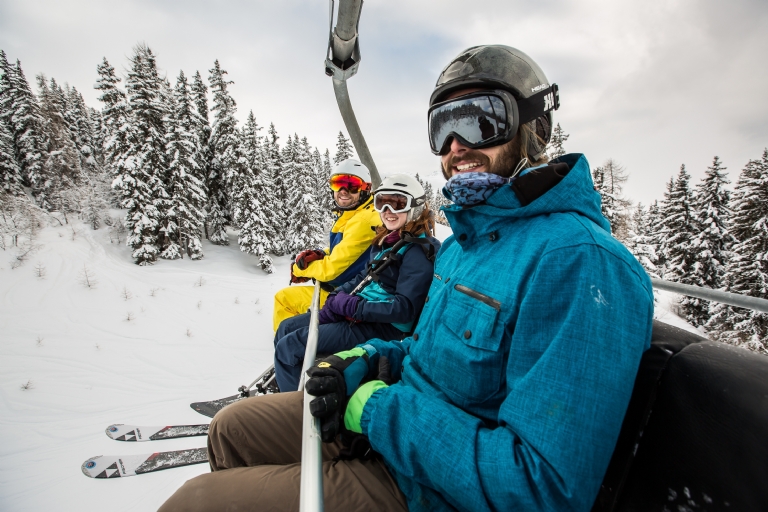Skiing and Gravity
Skiing is all about manipulating forces, most importantly of all, gravity. Gravity is the force that pulls us towards its centre, although the earth’s crust stops us getting any further than the surface!
Tip the earth, so it is at a sharp enough slope, and you have mountains. Gravity is still pulling us towards the ground, and the angle means we slip and slide down unless we put in the active effort to resist the earth’s gravitational pull. Throw in the slippery surface of the snow, and it makes it even easier to glide down the planet, closer to its centre.
Add slippery sticks to our feet to reduce friction between our feet and the ground, and push forward with your sticks, and suddenly we have a gravitational force pulling us down and motion propelling us forward. The less friction, the steeper the slope, and the faster we push forward, the faster we alpine ski!





